Lately, almost all aspects of life have become “virtual.” Opportunities for in-person social engagement, education, and outdoor experiences have largely been moved onto screens.
Category: Feature
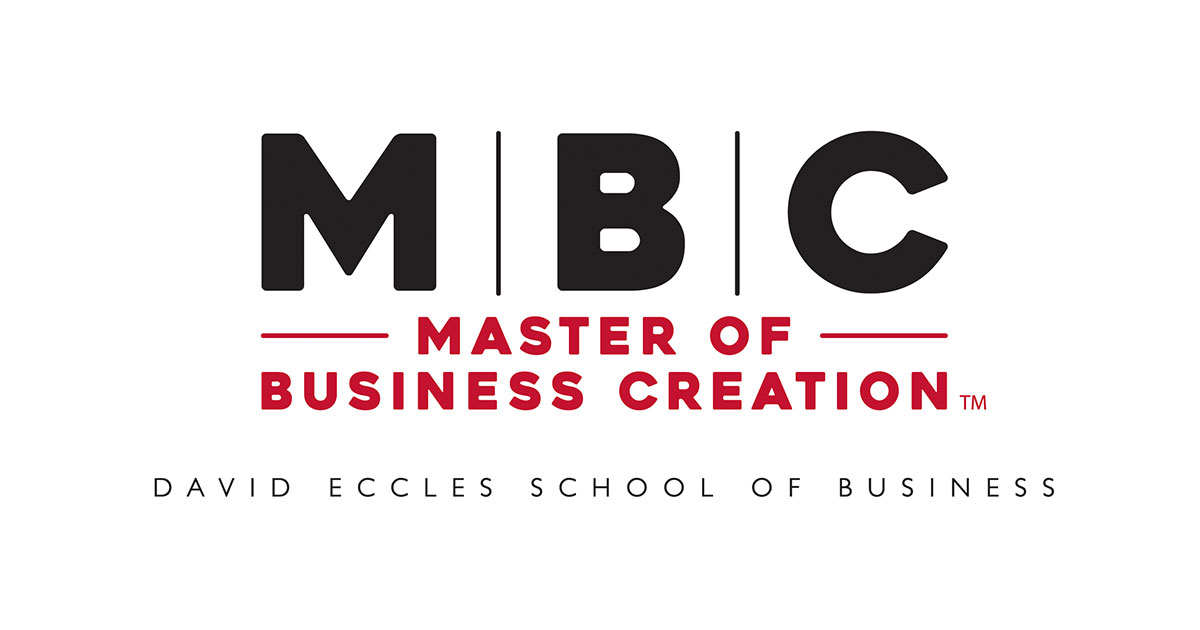
First founders graduating from Master of Business Creation program
The University of Utah’s David Eccles School of Business and Lassonde Entrepreneur Institute will graduate the first group of founders from the unique Master of Business Creation (MBC) program at the end of the Spring Semester.
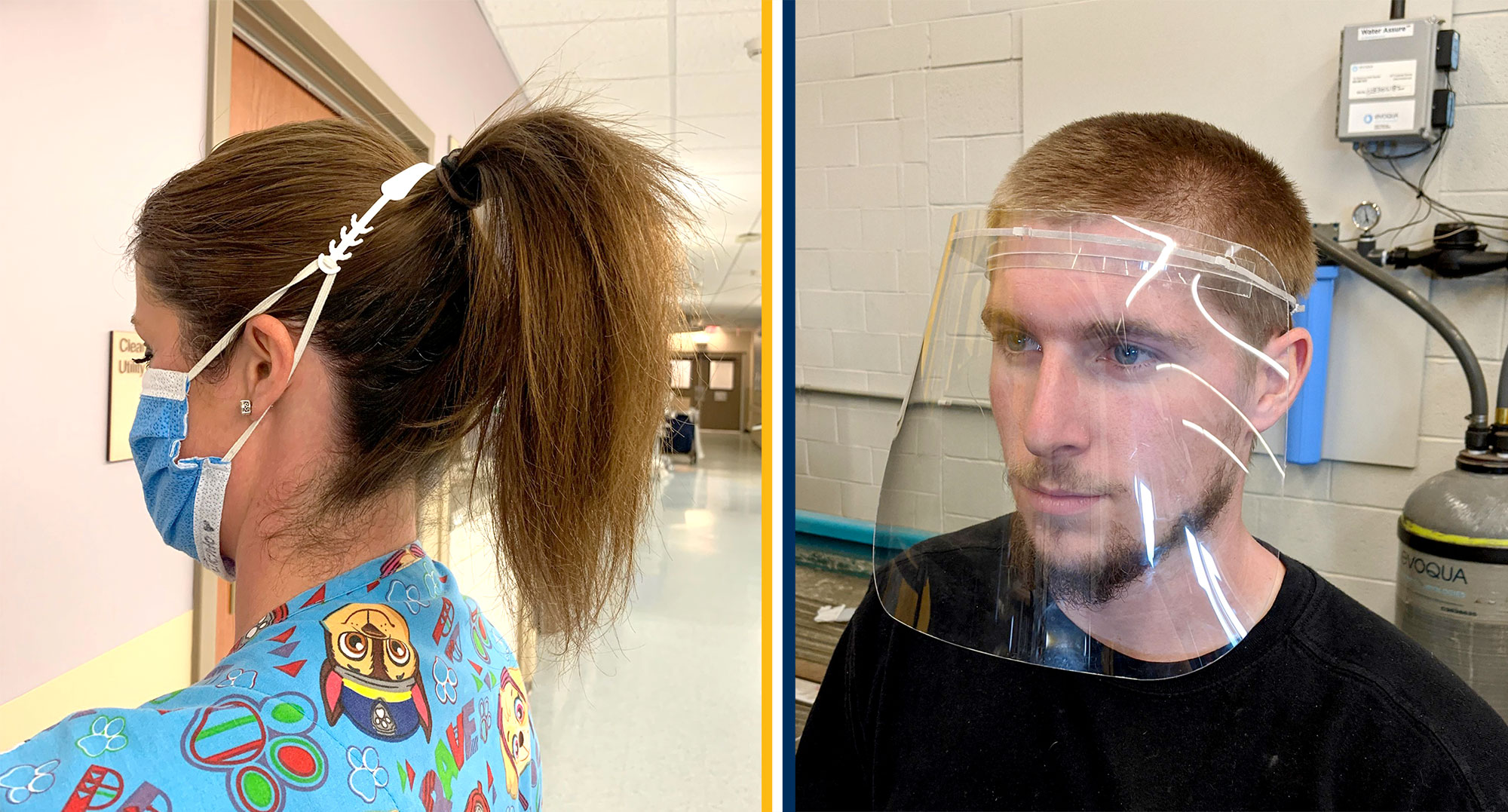
West Virginia University partnerships help WVU Medicine community and beyond amidst personal protective equipment shortage
Josh Bintrim and Kelsey Crawford have worked in collaboration with Innovation Hub Director Gene Cilento, Assistant Director Kolin Brown and health care professionals at WVU Health Sciences Center to design surgical mask extenders, face shields and intubation boxes for use in medical facilities.
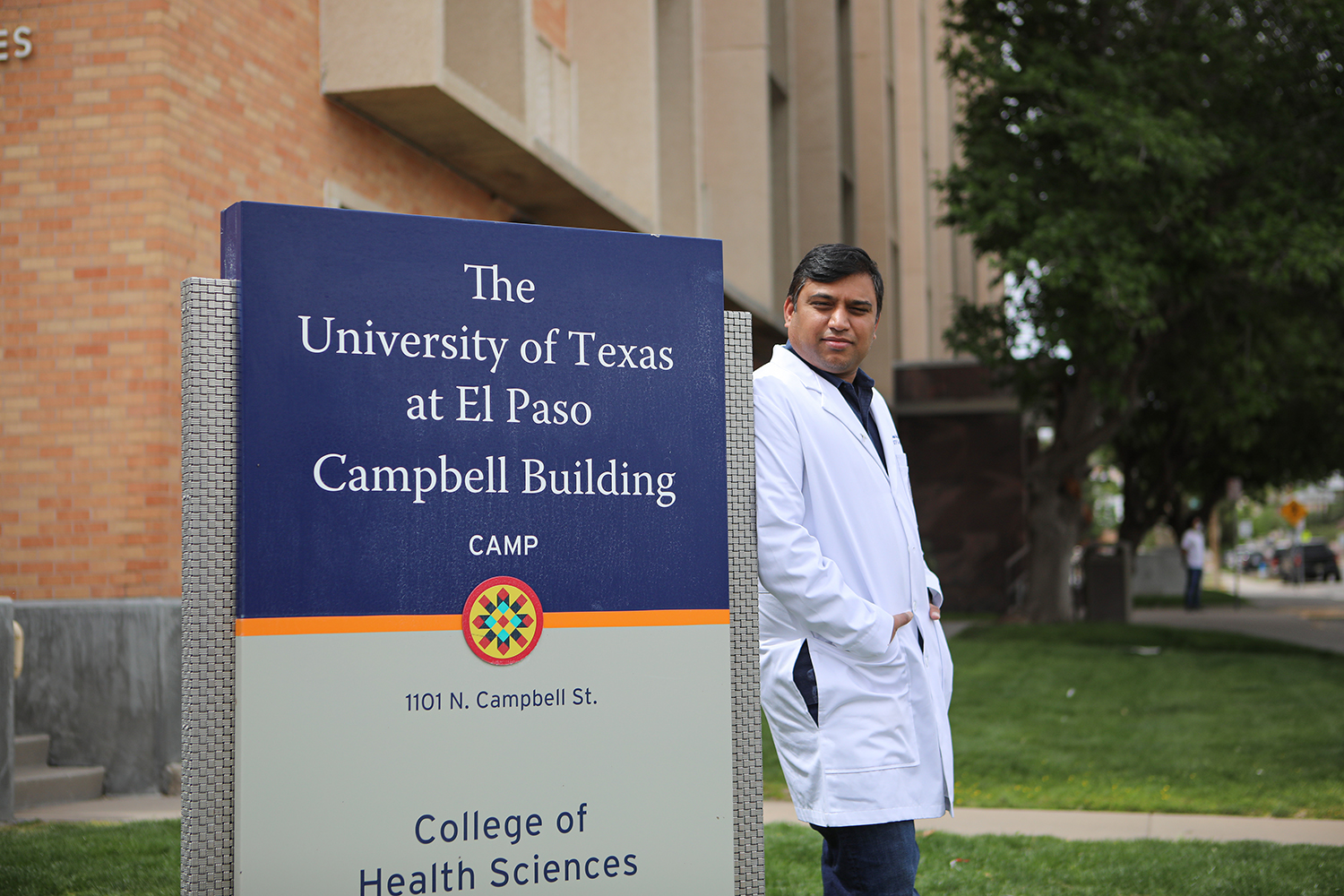
UTEP School of Pharmacy Developing COVID-19 Vaccine, Drug Treatments Using Supercomputing
Research is underway at The University of Texas at El Paso’s School of Pharmacy to develop vaccines and antiviral drugs to combat the novel coronavirus within 15 months to two years.
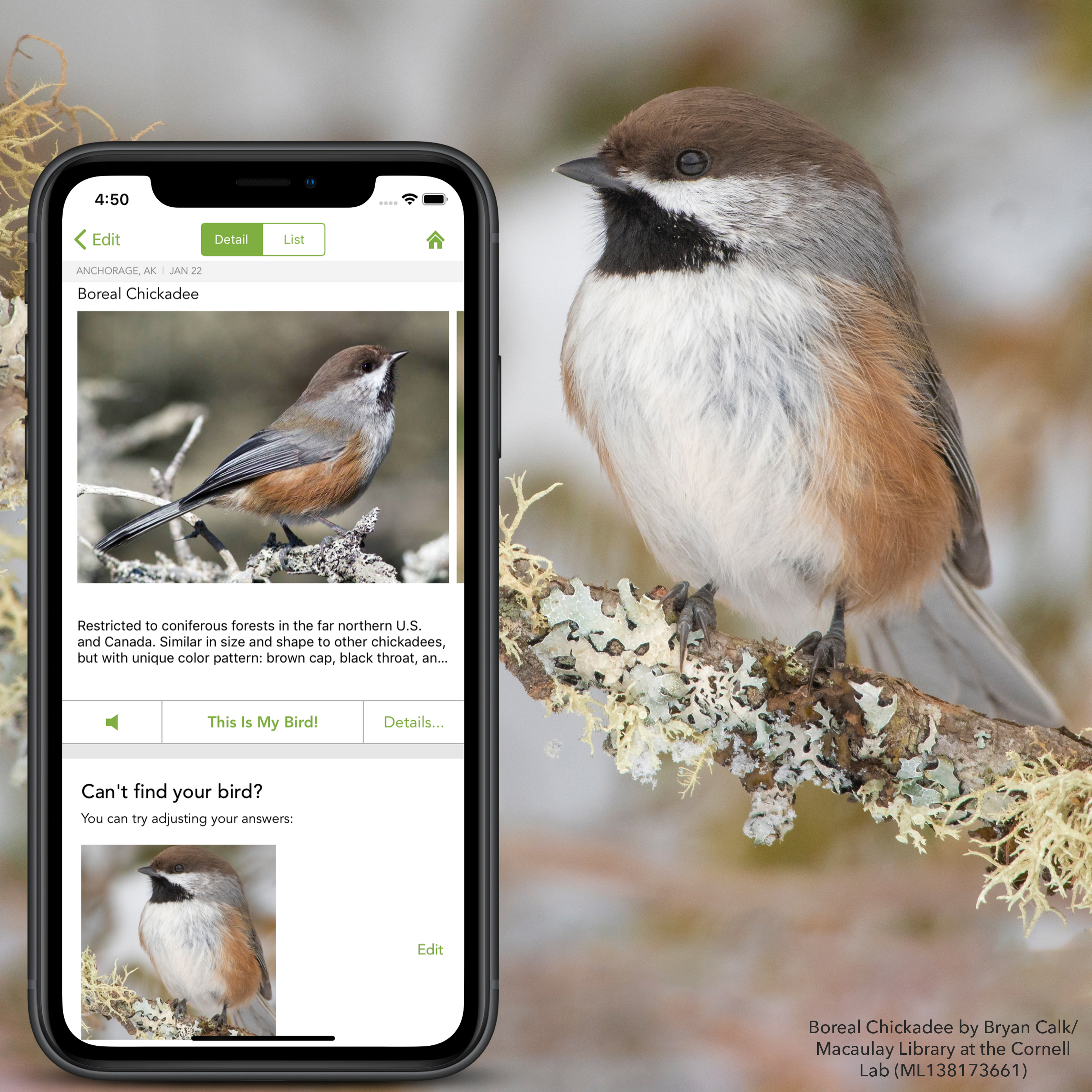
Make Backyard Discoveries With the Free Merlin Bird ID App
With the emphasis on staying at home, more and more people are discovering the birds in their backyards—and they want to know the names of those birds. The free Merlin Bird ID app from the Cornell Lab of Ornithology was designed to answer the simple question, “What’s that bird?
UofL researchers seek new drugs to fight coronavirus using computers in schools across Kentucky
Researchers are using the computing power of thousands of computers in classrooms across Kentucky to identify drugs to treat COVID-19. The desktop computers are part of the DataseamGrid, a network of computers housed in classrooms of 48 Kentucky school districts.
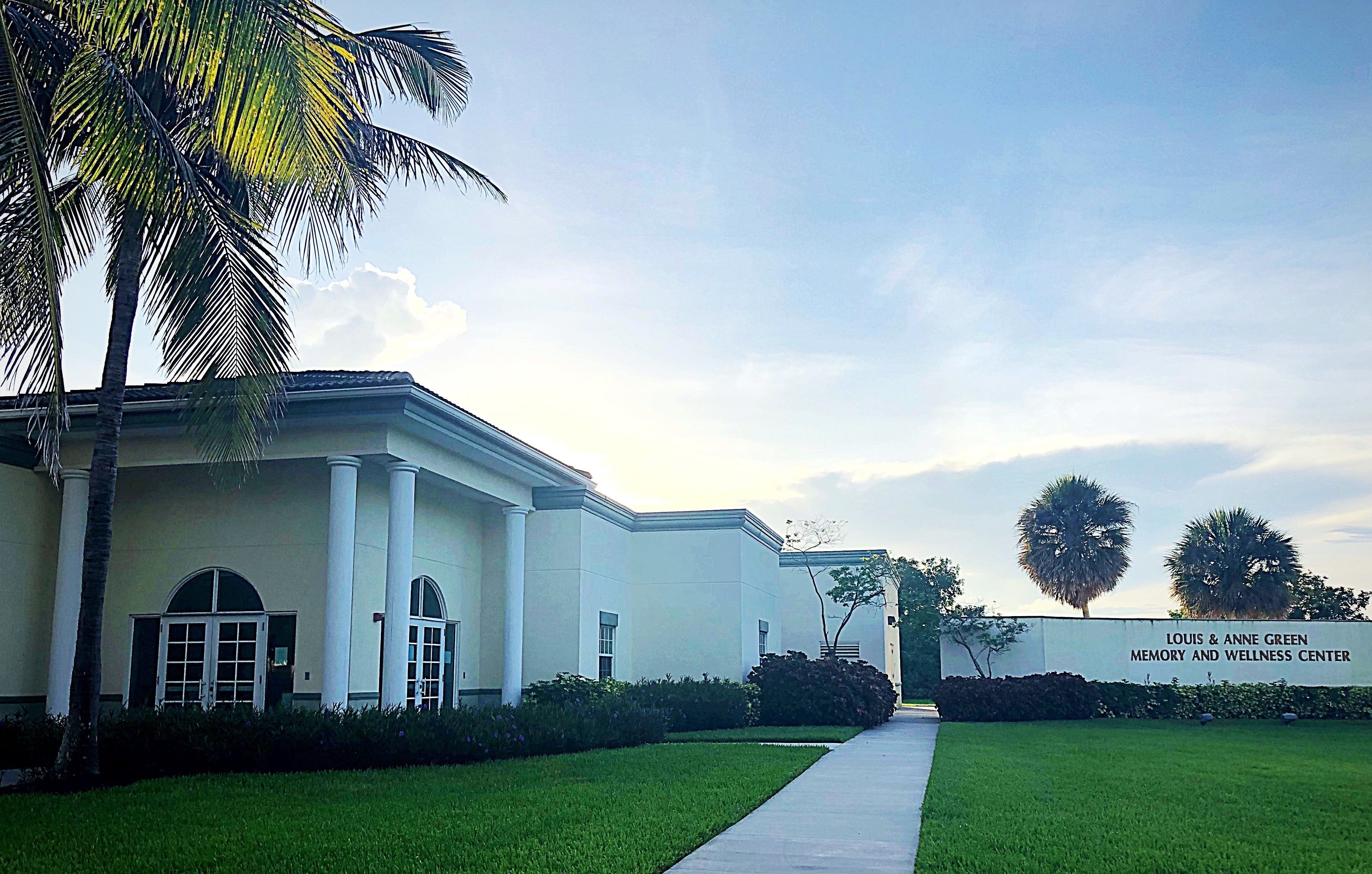
Tips for Homebound Caregivers Coping with Alzheimer’s and Other Dementias during the COVID-19 Pandemic
Researchers from FAU’s Christine E. Lynn College of Nursing provide several coping and care strategies for caregivers to help sustain their health as well as the health of those in their care during the quarantine associated with COVID-19.
National Registry Quickly Set Up to Help Doctors Understand Risks COVID-19 Poses to Pregnant Women and Newborns
A new national registry has been launched by specialists in obstetrics, gynecology and reproductive sciences at UCLA Health and the University of California, San Francisco, to determine COVID-19’s possible effects on pregnant women and newborns.
April 10 Media Press Conference | Health Equity in Real Time with COVID-19
Media teleconference sponsored by the Robert Wood Johnson Foundation, Friday, April 10th, at Noon ET / 9 AM PT
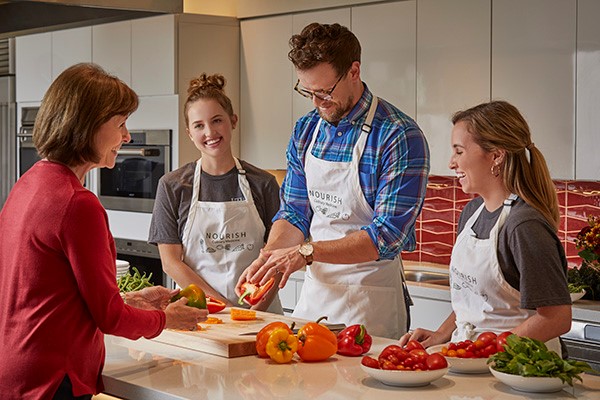
How to encourage healthy eating for the body and mind during stay-at-home orders
Planning a constant pipeline of healthy meals and snacks can feel overwhelming. A chef and dietitian shares some tips that can help.
Six Things Your Ophthalmologist Wants You to Know About Coronavirus
The American Academy of Ophthalmology shares eye health tips and advice to keep you safe during the COVID-19 pandemic.
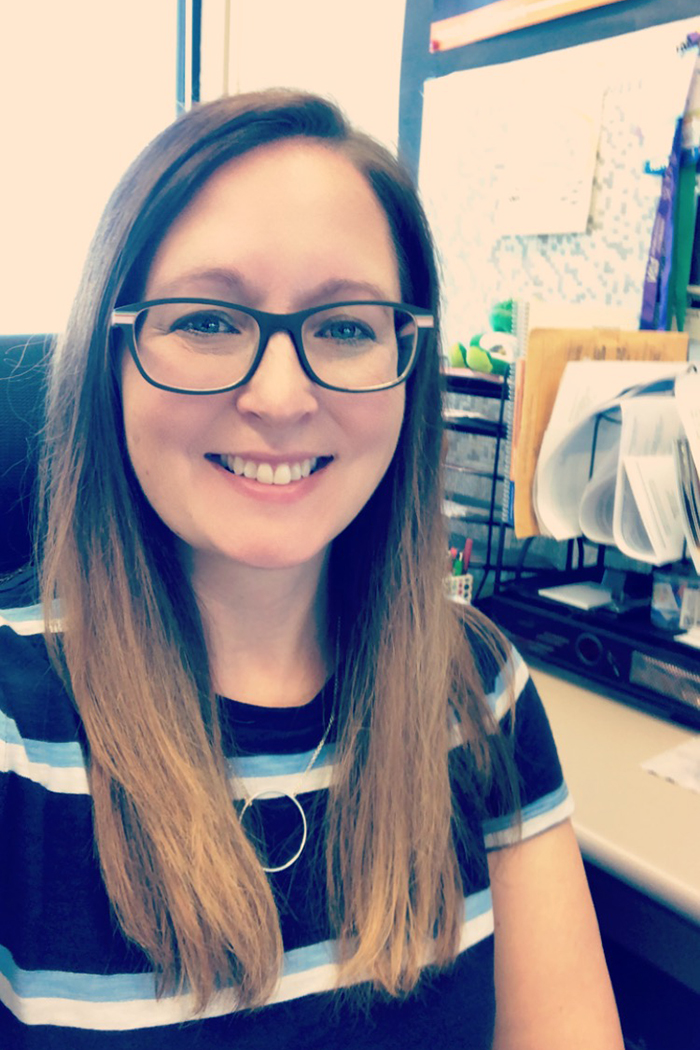
Amanda Early, Fermilab education program leader, selected STEP UP ambassador
Amanda Early is one of 79 physics educators selected to be a STEP UP Program ambassador. STEP UP ambassadors are high school physics teachers that train others on how to effectively reduce barriers for women in physics. The program mobilizes thousands of teachers to help engage young women in physics and inspire them to pursue physics in college.
COVID-19 Testing: What Parents Need to Know
Who should be tested for the novel coronavirus that causes COVID-19? And what do the different types of tests actually measure? Jeffrey Bender, MD, a pediatric infectious disease specialist at Children’s Hospital Los Angeles, gives the latest update and explains what parents need to know.
Live public street cams are tracking social distancing
With advanced computer vision models and live public street cam video, a University of Michigan startup is tracking social distancing behaviors in real time at some of the most visited places in the world.
Researchers study COVID’s effect on relationships
Researchers are determining the psychological effects of pandemic isolation
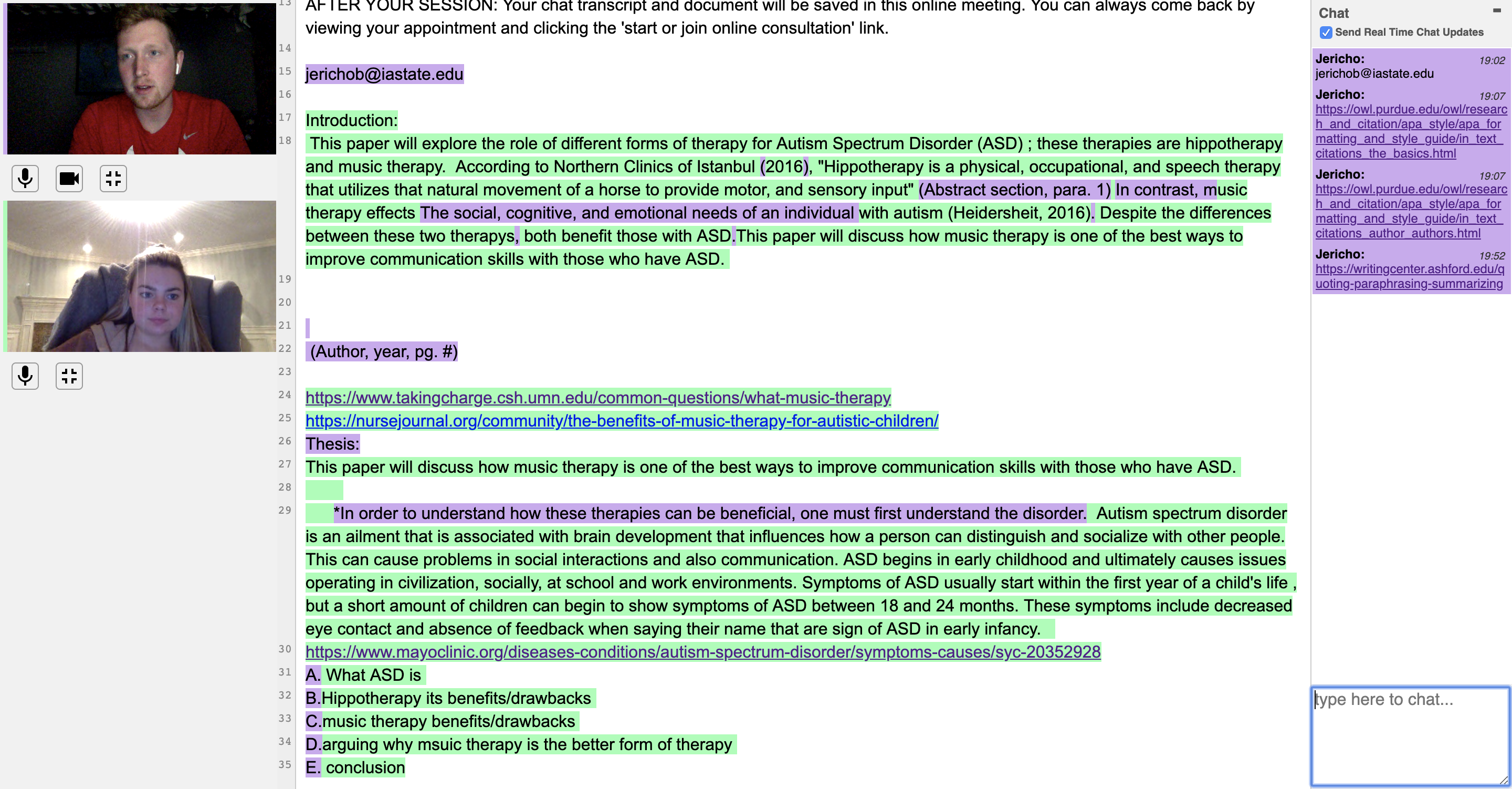
Behind-the-scenes academic support gives students a boost during atypical semester
Beyond the logistical issues of migrating more than 6,000 courses online for the remainder of the spring semester, Iowa State University has also responded with academic support for students navigating this new learning environment.
Key to COVID-19 therapeutics could be grown in…tobacco?
A decade ago, when the National Institutes of Health needed to place a high-security biocontainment laboratory in Kentucky, capable of safely studying dangerous and emerging infectious diseases, they turned to the University of Louisville.
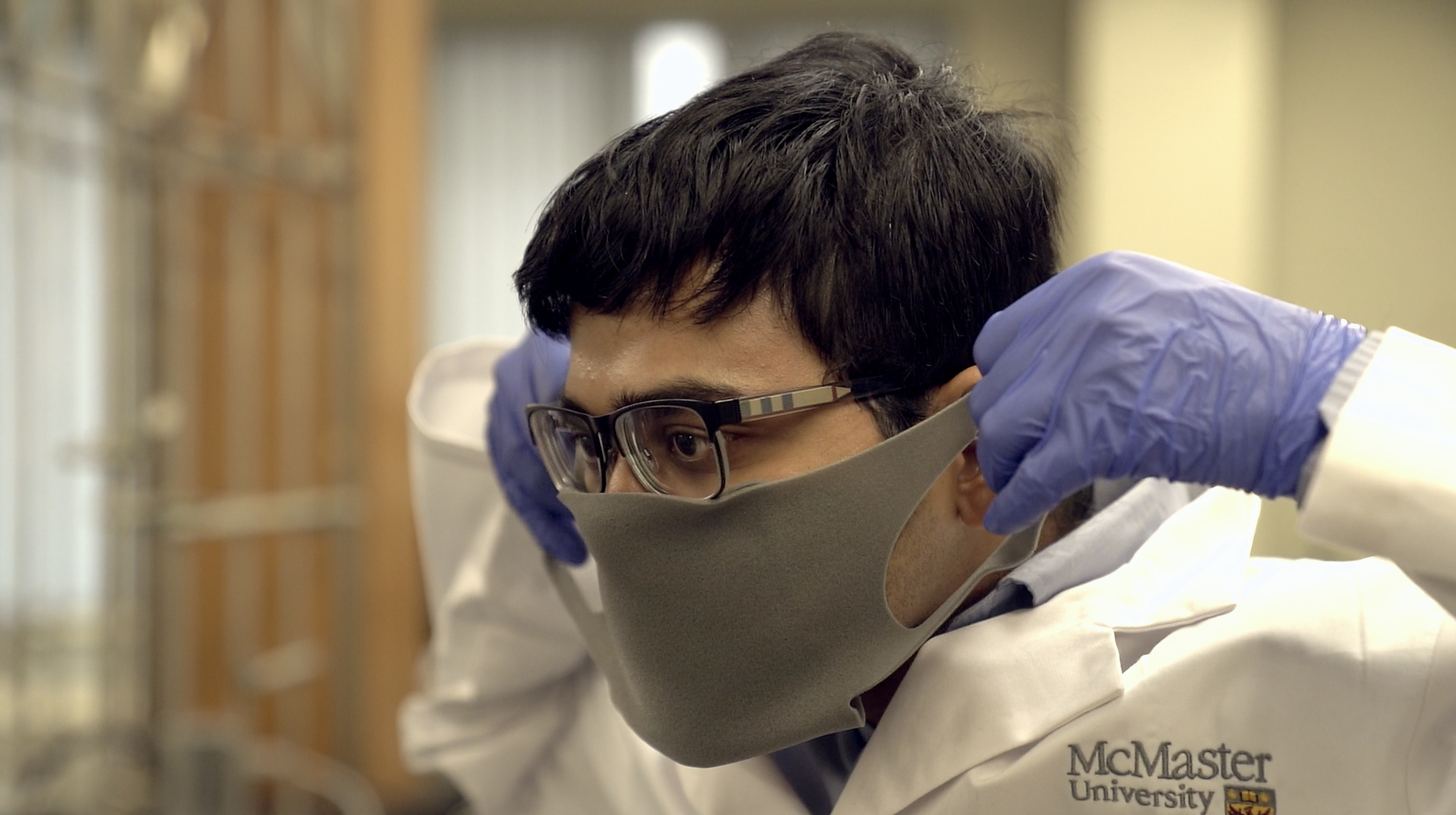
McMaster researchers rally to help Canadian company expedite new mask to meet urgent COVID-19 demand
Engineering and medical researchers at McMaster University have been racing to assist Woodbridge Foam Corporation in getting a new made-in-Canada mask designed, tested and certified, as supplies of existing medical masks become less certain.
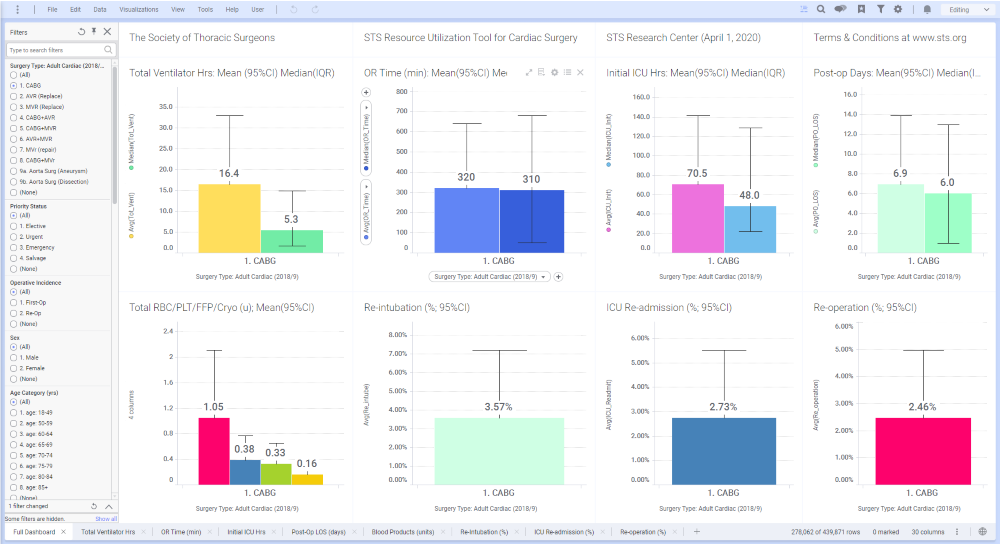
STS Develops Resource Utilization Tool for Cardiac Surgery During COVID-19
To assist health care providers in triaging adult cardiac surgery cases, The Society of Thoracic Surgeons has developed an interactive resource utilization prediction tool.
Engineering student builds ventilator prototype in campus residence over weekend using Walmart parts
To help during the COVID-19 pandemic, a mechanical engineering student at Binghamton University, State University of New York, made a ventilator over a weekend mainly using items he bought at Walmart.

Singapore Spacer: Mapping concentrations of people in campus buildings
Singapore Spacer, a tool developed jointly by a team from NUS, SMU, Aviation Virtual and ESRI, enables administrators to identify places on campus where people concentrations are high, so that policy decisions can be taken to reduce the likelihood of COVID-19 transmission.
Don’t forget our kids. OT researchers urge extra support for home schooling vulnerable children
As Australia’s teachers strive to shift education online, parents everywhere are bracing for change, but no more so than parents of children with additional needs such as autism, who fear their kids may be left behind in the race to adjust.
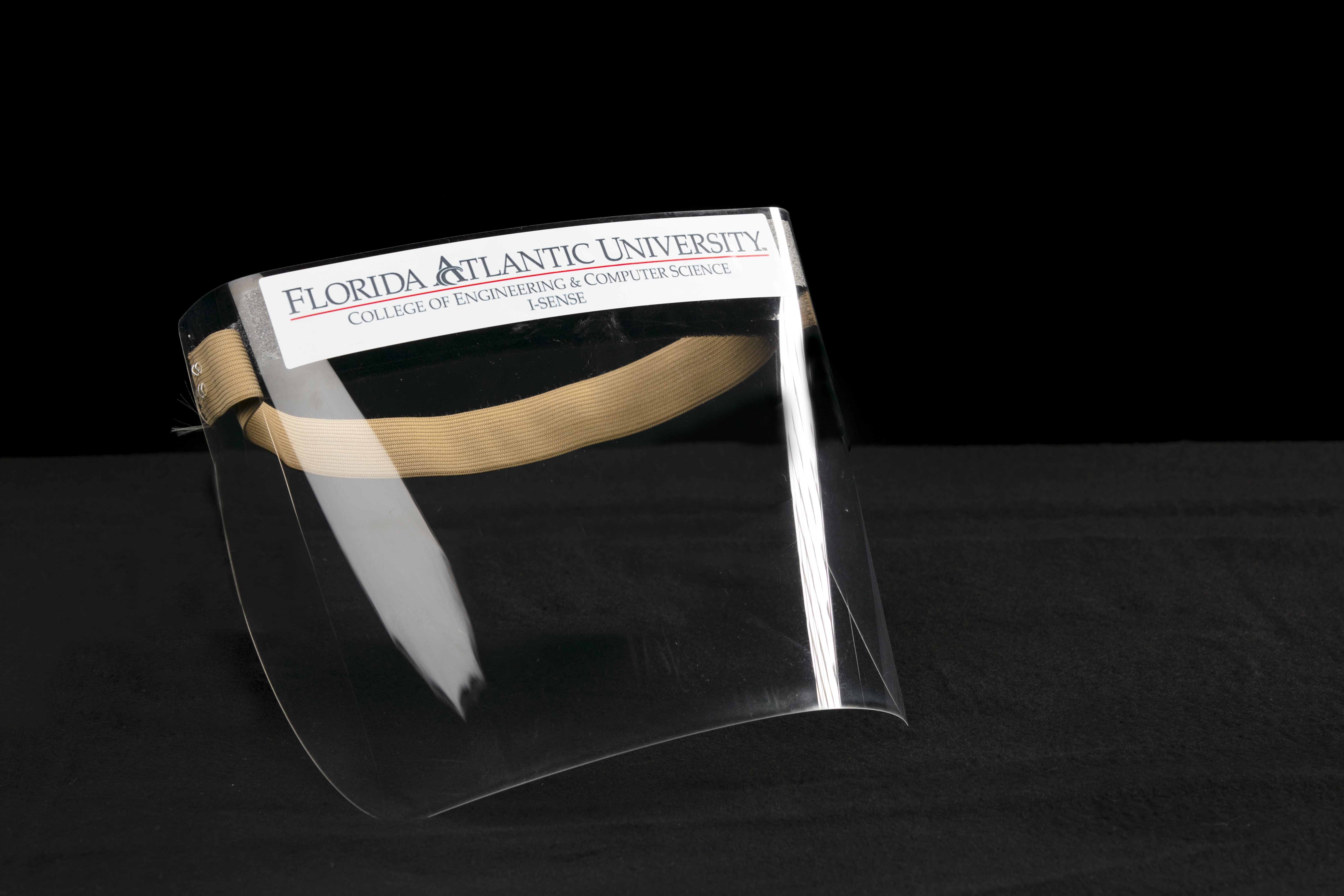
FAU Finds Simple Solution to Make Thousands of Face Shields for Baptist Health South Florida
A disposable face shield developed by FAU only requires clear polyester plastic, elastic fabric bands, and a laser cutter. Unlike 3D printed solutions, this process is simple and quick. FAU re-tooled their facilities to leverage the opportunity to make face shields much faster than are currently being manufactured. They plan to share the blueprint for this PPE broadly with other academic institutions as well as industry.
Celebrate Autism Awareness Month with Exercise Tips from the American College of Sports Medicine
In honor of Autism Awareness Month, ACSM partners with ACSM Certified Exercise Physiologist® to share three evidence-based teaching strategies to help get those with autism moving
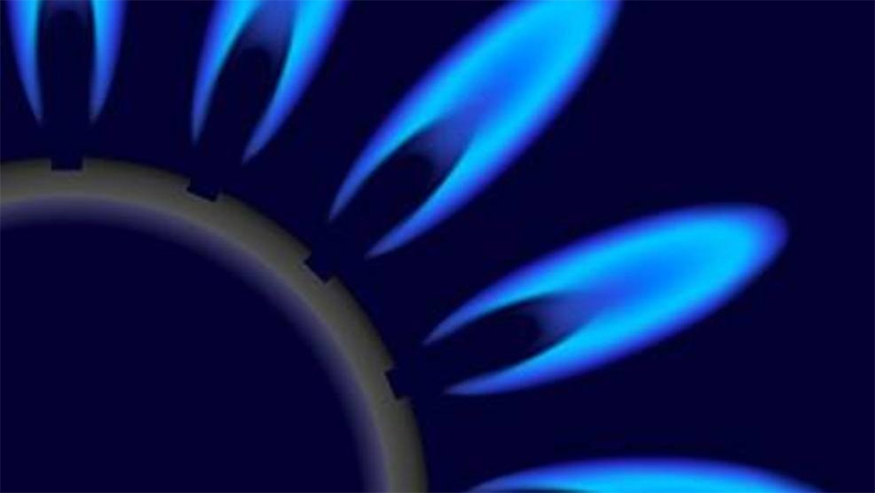
Americans used less energy in 2019
In 2019, Americans used less energy than in 2018, according to the most recent energy flow charts released by Lawrence Livermore National Laboratory (LLNL).
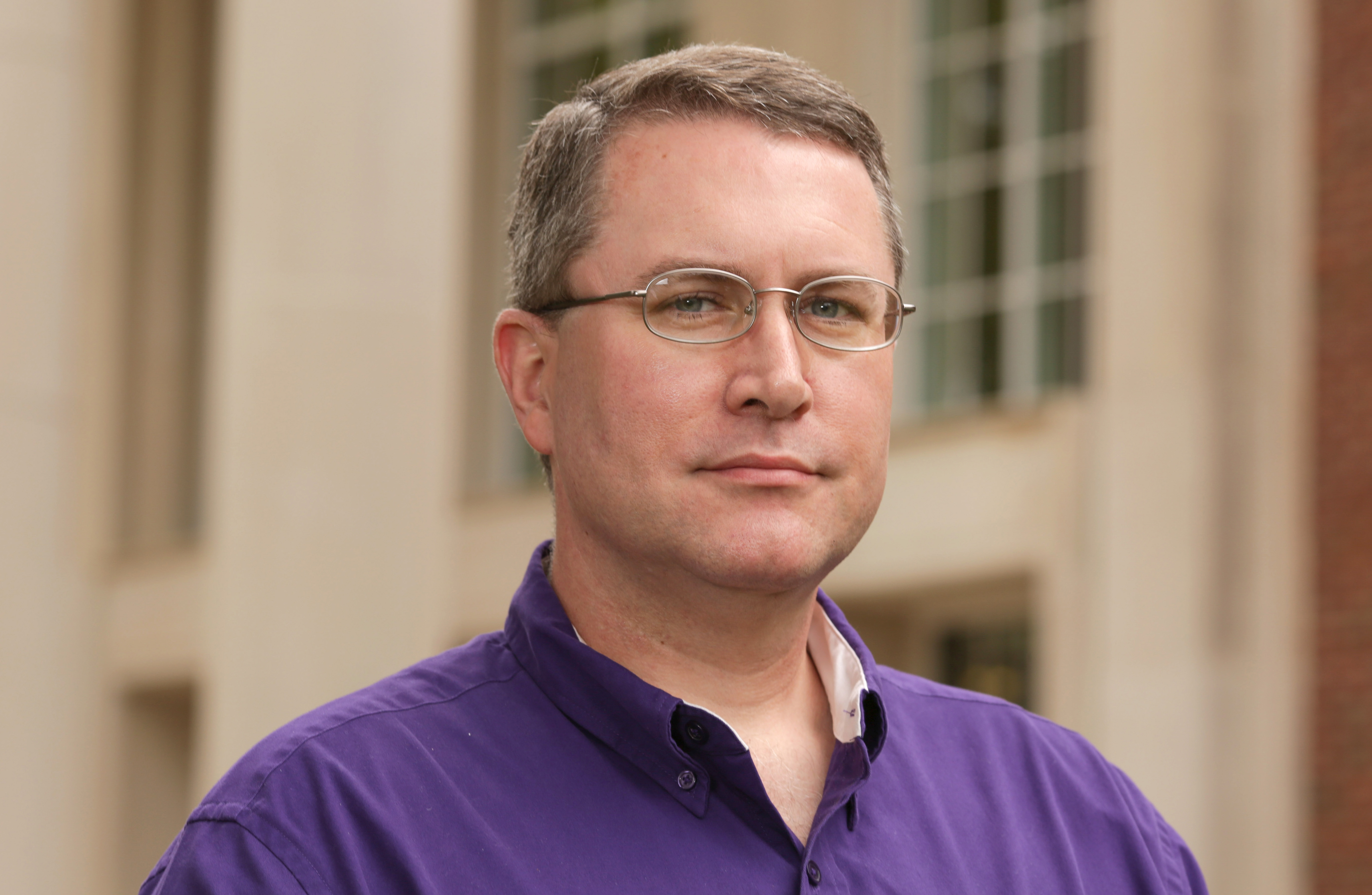
Be proactive about mental health during COVID isolation, clinical psychologist says
Seeking out good news is a great way to keep mentally balanced during the long period of social isolation imposed by the COVID-19 battle, says a clinical psychologist who is an associate professor of psychology at The University of Alabama in Huntsville (UAH).

Engineer uses metal-oxide nanomaterials deposited on cloth to wipe out microbes
Sonal Padalkar, an Iowa State mechanical engineer, is studying how metal-oxide nanomaterials can be deposited on cloth and paper for use as an antimicrobial agent.
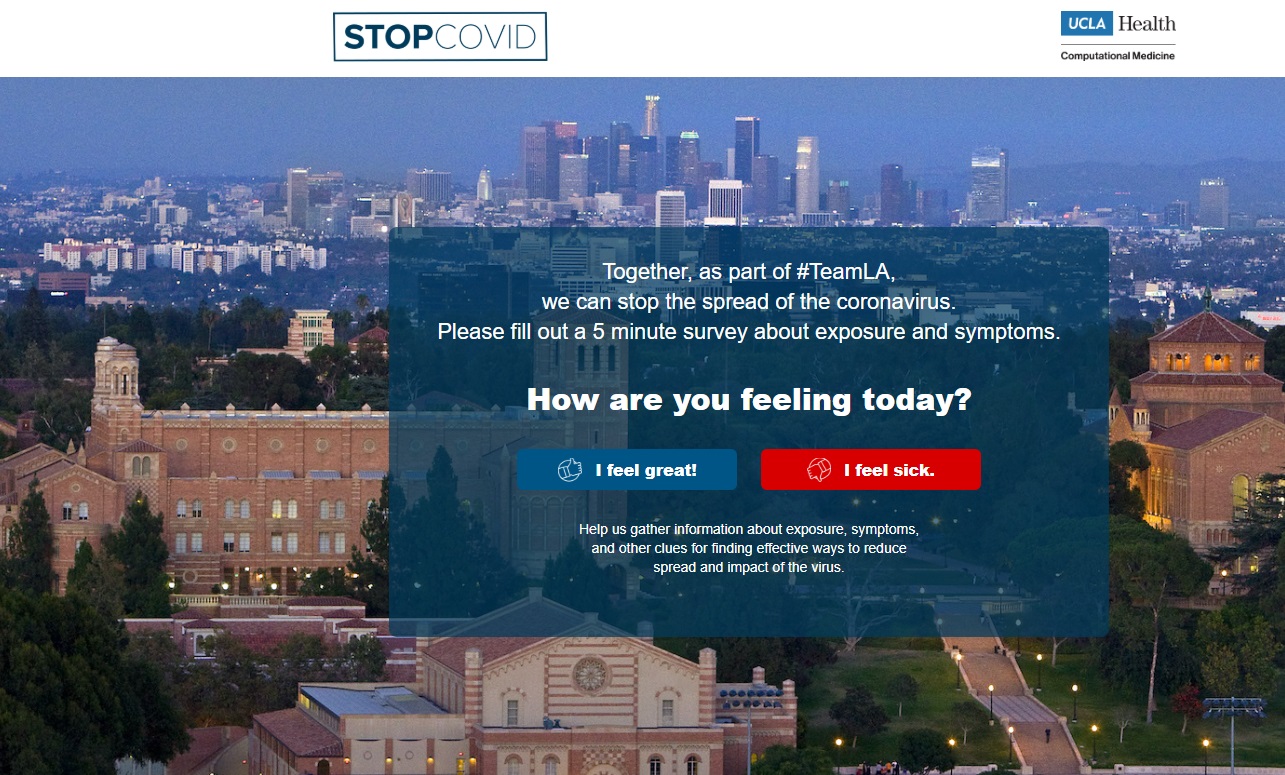
UCLA web app will enlist public’s help in slowing the spread of COVID-19
UCLA researchers have launched an app called Stop COVID-19 Together, which is designed to predict the spread of COVID-19 throughout the community and to assess the effectiveness of current measures in that community, including physical distancing. The app will build a map of possible hotspots where there may be a higher risk for accelerated spread of the disease.
UAB among first in the U.S. to offer clinical trial for the treatment of patients with severe COVID-19 using nitric oxide
iNO has been used for the treatment of failing lungs, but it was also found to have antiviral properties against coronaviruses.The University of Alabama at Birmingham has been selected to begin enrolling patients in an international study assessing the use of inhaled nitric oxide (iNO) to improve outcomes for COVID-19 patients with severely damaged lungs.
Cornell Law School offers legal services for New Yorkers during pandemic
Faculty, students and staff at Cornell Law School are responding to the coronavirus pandemic by giving businesses and workers in central New York legal assistance.
Cornell Tech domestic tech abuse clinic goes virtual
Cornell Tech’s Clinic to End Tech Abuse has created a remote program to help survivors of intimate partner abuse use their devices without fear of monitoring or stalking.

A unique heat storage technology gathers steam
Many processes that generate electricity also produce heat, a potent energy resource that often goes untapped everywhere from factories to vehicles to power plants. An innovative system currently being developed at the U.S. Department of Energy’s (DOE) Argonne National Laboratory can quickly store heat and release it for use when needed, surpassing conventional storage options in both flexibility and efficiency.
COVID-19’s Impacts on the Human-Dog Relationship
Animal behaviorist Dr. Christy Hoffman describes how having the entire family and dog home under one roof may be beneficial to human-dog relationships and identifies reasons why this new situation also requires thoughtful consideration.
Loyola Medicine Pediatrician Offers Advice on Protecting and Caring for Children During COVID-19
The COVID-19 pandemic is creating unprecedented challenges for children and parents. However, Bridget Boyd, MD, a Loyola Medicine pediatrician, says there are ways that parents can communicate, and actions that they can take, to protect children and help them to better understand, adapt to and recover from this experience.
In the new Loyola Medicine video, “COVID-19: What Parents Need to Know about Protecting Their Kids,” Dr. Boyd offers tips for parents and caregivers.
Every Bird Has a Story. Discover Them All
Answers to questions about any bird species, anywhere on Earth, may be found in a new digital publication from the Cornell Lab of Ornithology called Birds of the World.
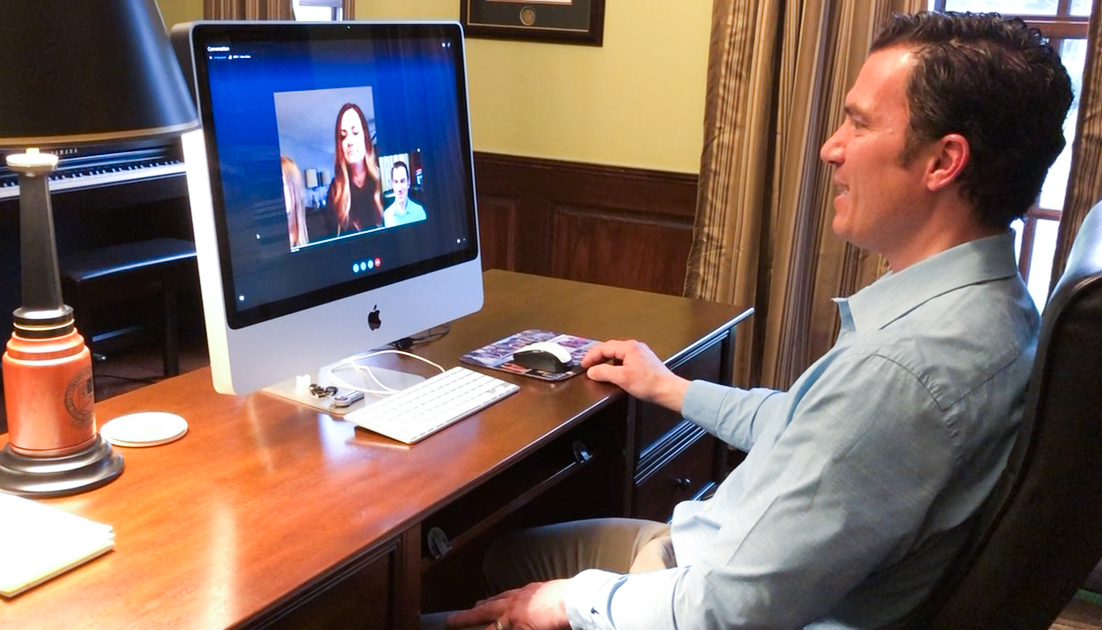
Telehealth Services Rapidly Expand at Nationwide Children’s Hospital Amid COVID-19 Response
As the COVID-19 global pandemic continues, it is imperative community networks, including health care systems, modify how they provide services. Nationwide Children’s Hospital has quickly adapted the way care is delivered to its patients and their families.
Dana-Farber scientists bring experience from SARS and MERS outbreaks to aid COVID-19 research
As scientists race to develop and test new treatments for COVID-19, Dana-Farber’s Wayne Marasco, MD, PhD, and his lab team are bringing one of the world’s most formidable resources to the effort: a “library” of 27 billion human antibodies against viruses, bacteria, and other bodily invaders.The collection, created by Marasco and his associates in 1997 using blood samples from more than 57 Dana-Farber staff, has already had an illustrious history in the quest to tame viral disease outbreaks.
Cell-free biotech could drive COVID-19 therapeutics
A biomanufacturing company spun out of Cornell research is seeking to rapidly translate an antibody therapy against COVID-19 by using cell-free biotechnology based on glycoengineered bacteria. And it could scale up the production 10 times faster than conventional methods.
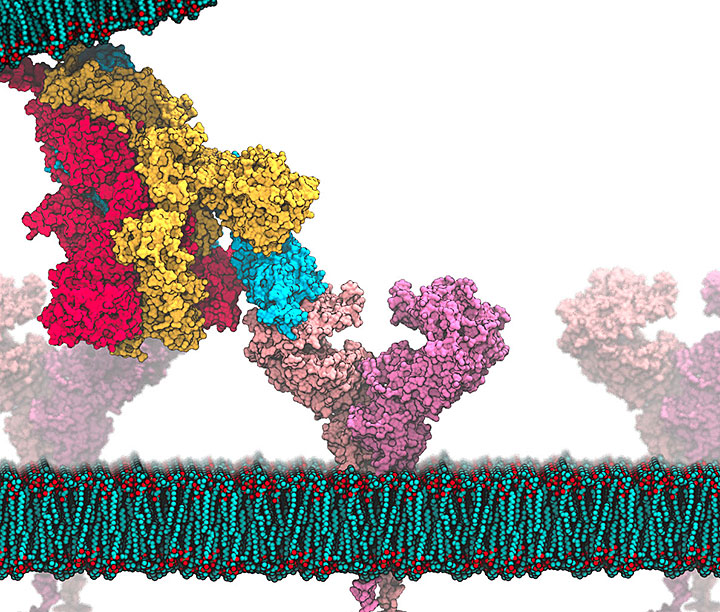
Researchers Working on Computational Models to Design Ways to Treat COVID-19
A team of Stony Brook University (SBU) researchers is working on computer models that could help speed the discovery of drugs to combat the novel coronavirus responsible for COVID-19. They are doing this work in collaboration with scientists at the U.S. Department of Energy’s (DOE) Brookhaven National Laboratory and Argonne National Laboratory, and will be leveraging those laboratories’ computational resources and expertise.
A New Coronavirus Vaccine Designed to Meet a Global Demand
The fastest recipe for worldwide access to a coronavirus vaccine may be to build upon on an existing vaccine with an already established manufacturing and supply chain.

Quarantined in tiny hotel rooms? Welcome to our world, say submarine workers
University of South Australia sleep researchers are examining how submarine environments can impact fatigue and if there is an ideal sleep-work pattern and environment.
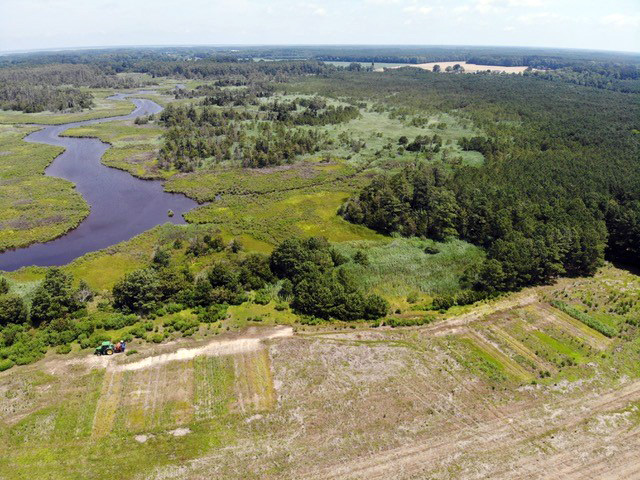
How are coastal farmers responding to salty soils?
Saltwater intrusion means farmers must adapt their management practices.
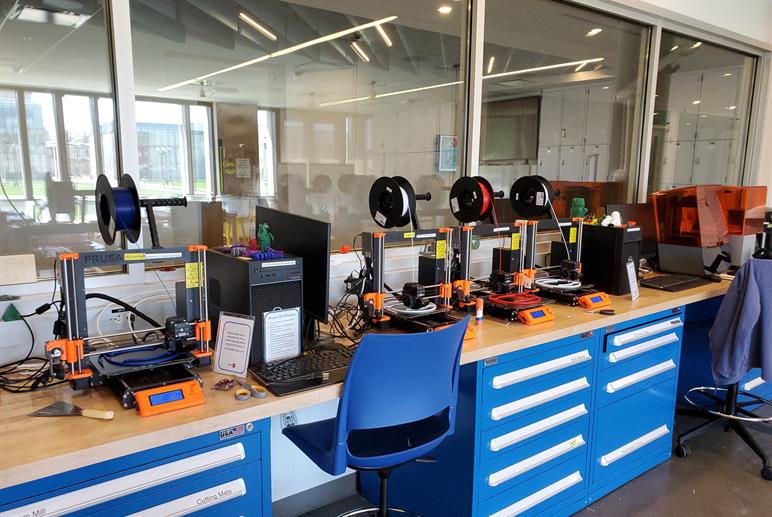
McKelvey Engineering staff creating face shields for health care workers
McKelvey Engineering staff are pitching in to create personal protective equipment for health care workers in the COVID-19 pandemic.
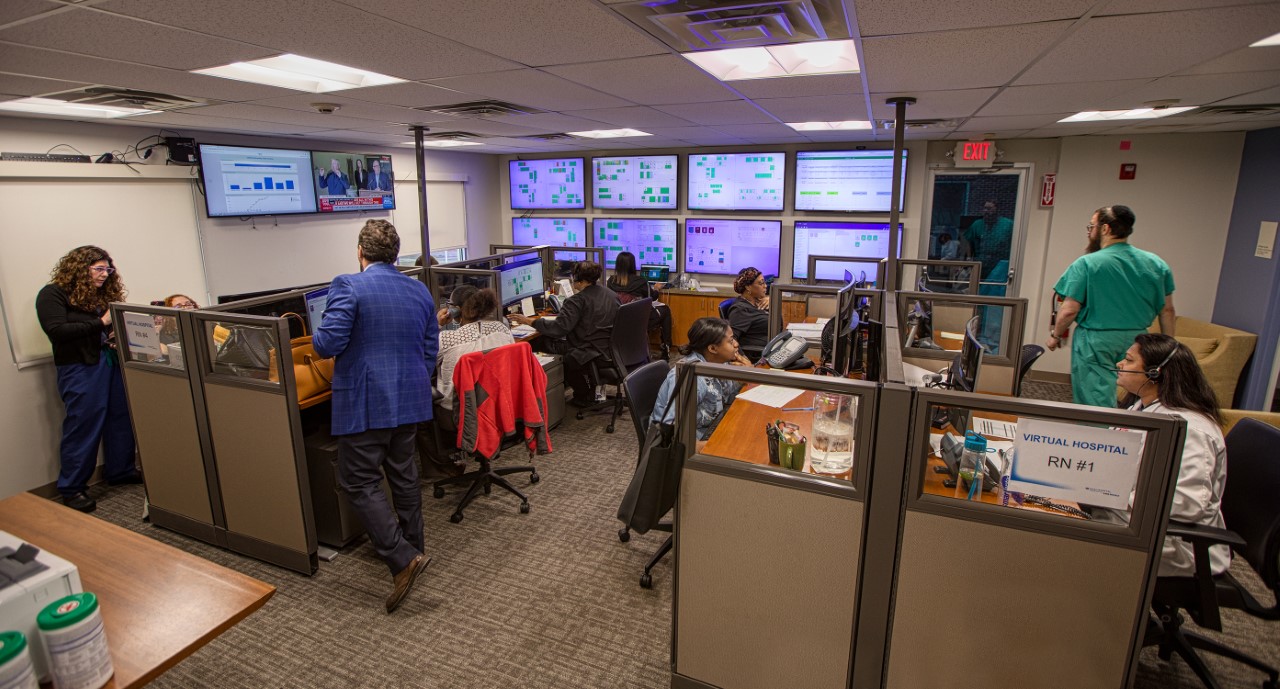
LifeBridge Health Virtual Hospital’s COVID-19 Tele-triage Program Sees Exponential Growth In First Weeks of Operation
With the rapid spread of the Coronavirus (COVID-19), LifeBridge Health, one of the largest healthcare systems in Maryland, ramped up its tele-triage program to help reduce an overflow of concerned patients in the system’s emergency departments and provider offices in the community.
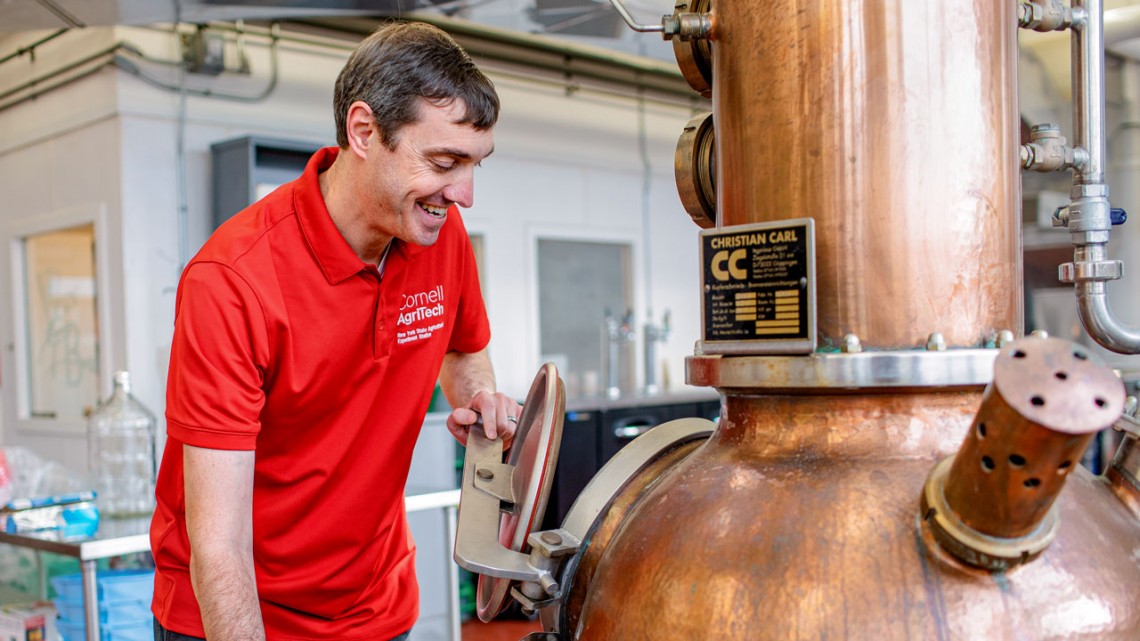
Cornell aids NYS distillers in making hand sanitizer amidst pandemic
In the battle to keep workers safe during the COVID-19 pandemic, nearly 40 craft distilleries in New York state have turned to making hand sanitizer with guidance from Cornell University.
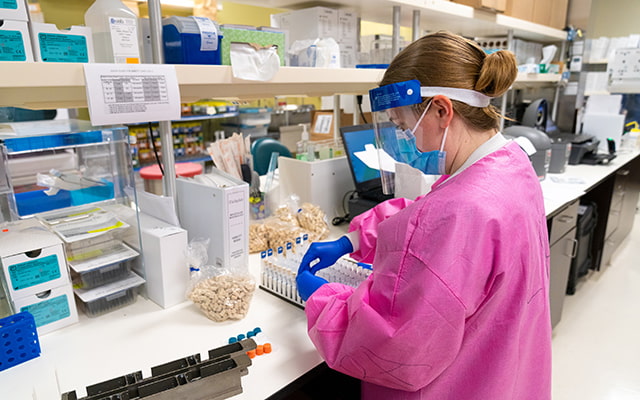
Tested and Testing: UC San Diego Health Expands COVID-19 Diagnostics
UC San Diego Health makes measurable progress addressing COVID-19 testing shortage through multiple partnerships and rapidly growing in-house testing. Success has meant more testing for more patients, first responders and other health systems.
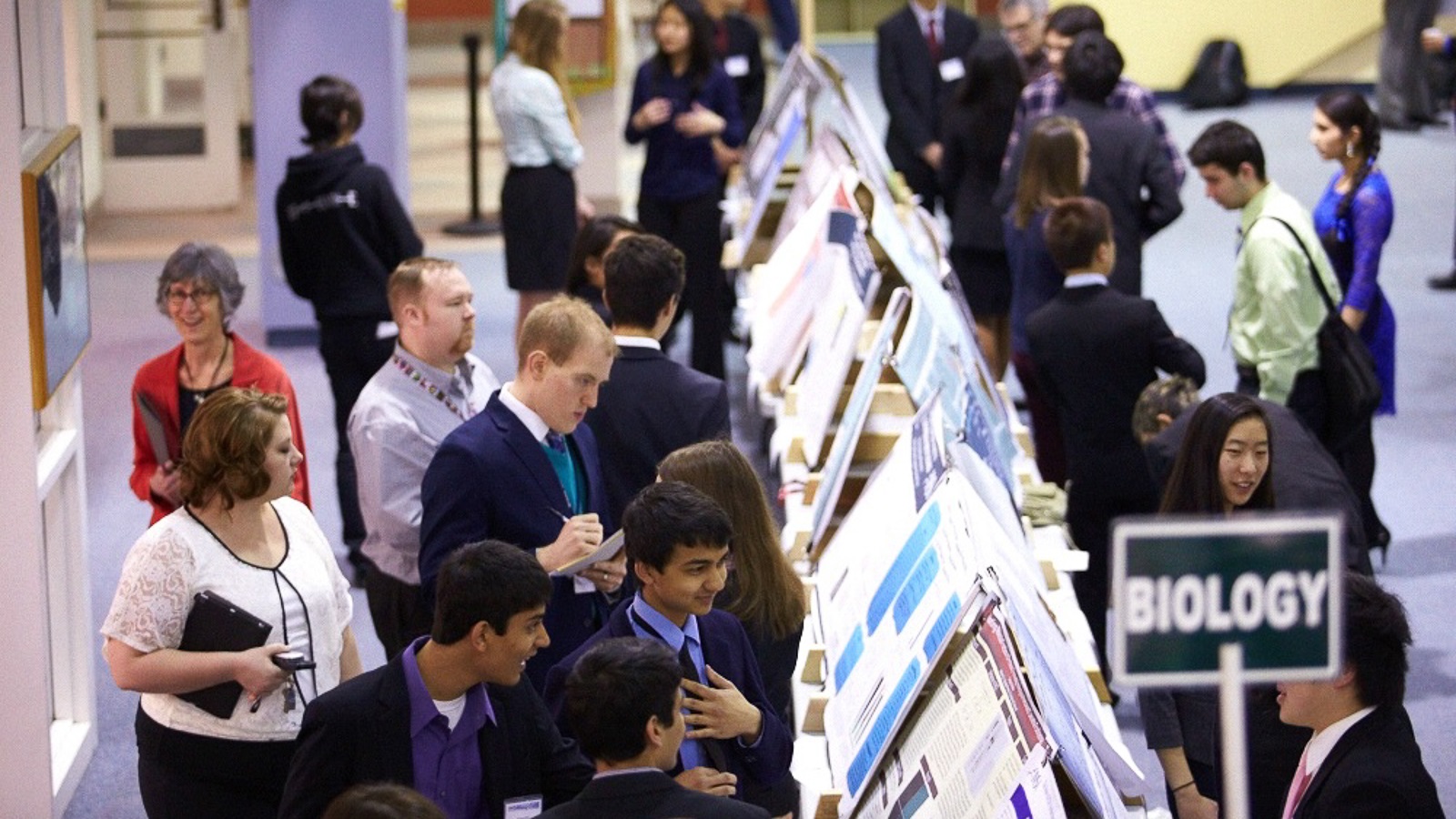
IMSA High School Internship advances DUNE project and showcases unexplored potential of physics
Argonne National Laboratory’s Illinois Mathematics and Science Academy (IMSA) High School Internship Program has this year’s exceptionally bright high school students working on the Deep Underground Neutrino Experiment (DUNE)’s world-changing research.
Researchers at Missouri S&T use social media to study COVID-19
As COVID-19 sweeps across the U.S. and the world, people have taken to social media with concerns, questions and opinions. Researchers at Missouri S&T are analyzing tens of millions of posts on Twitter in real time to show how attitudes toward the disease have changed. The researchers are designing machine learning and natural language processing techniques for the study.
Brookhaven Lab Mobilizes Resources in Fight Against COVID-19
Scientists and staff at the U.S. Department of Energy’s (DOE) Brookhaven National Laboratory are marshalling their expertise, unique facilities, and other key resources in the battle against COVID-19.
Retina Specialists Urge Patients to Keep Critical Eye Appointments, Maintain Healthy Sight During COVID-19
Americans in many states across the country have been ordered to stay at home or shelter in place, mitigation efforts sorely needed to help stop the spread of COVID-19. But orders that encourage social distancing do not prohibit patients from essential medical visits, such as seeing a retina specialist for treatments that can preserve vision. People with retinal conditions and those experiencing new signs of a retinal disease, such as loss of vision or flashers or floaters, should contact their retina specialist to determine the best course of action.